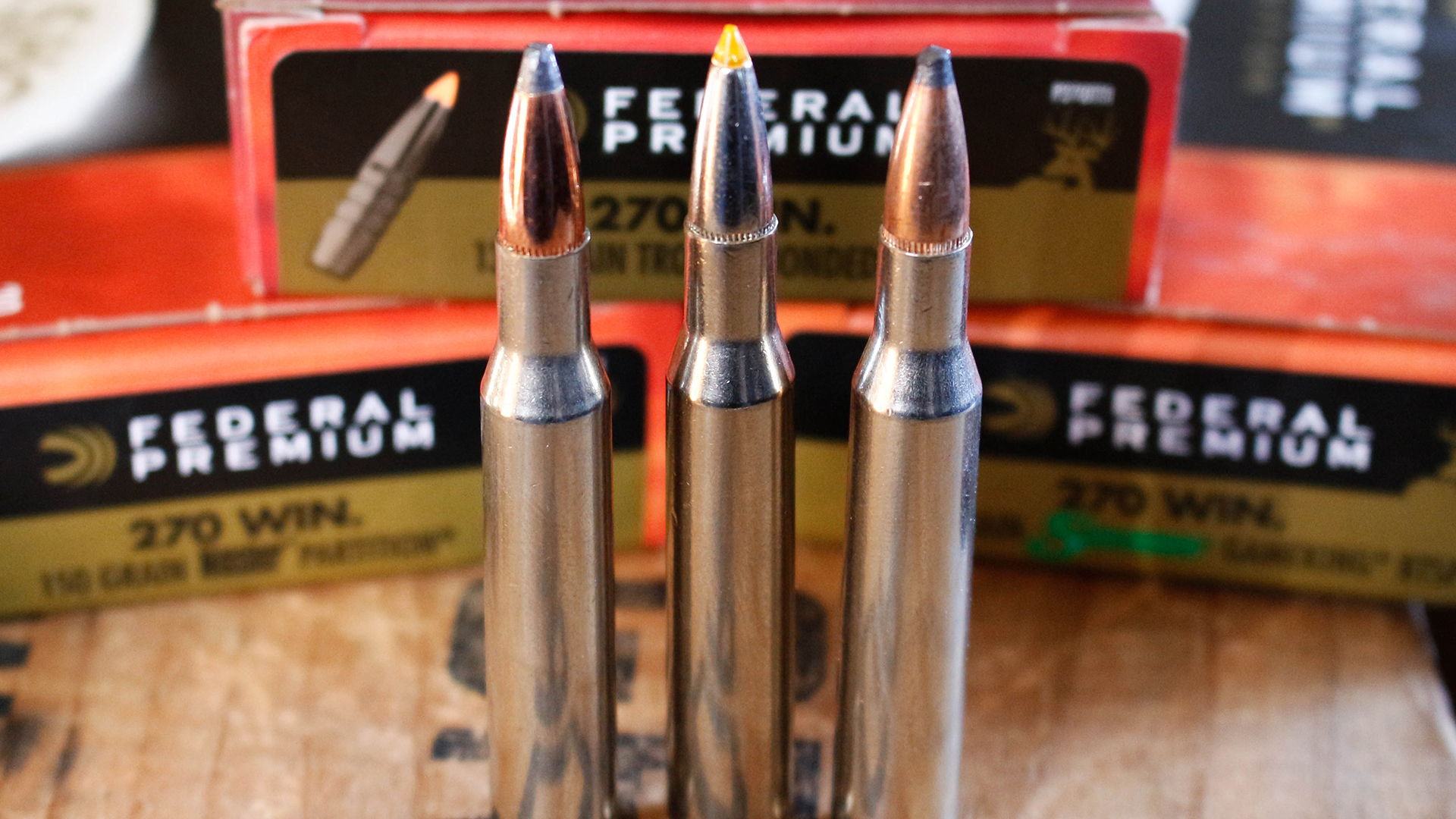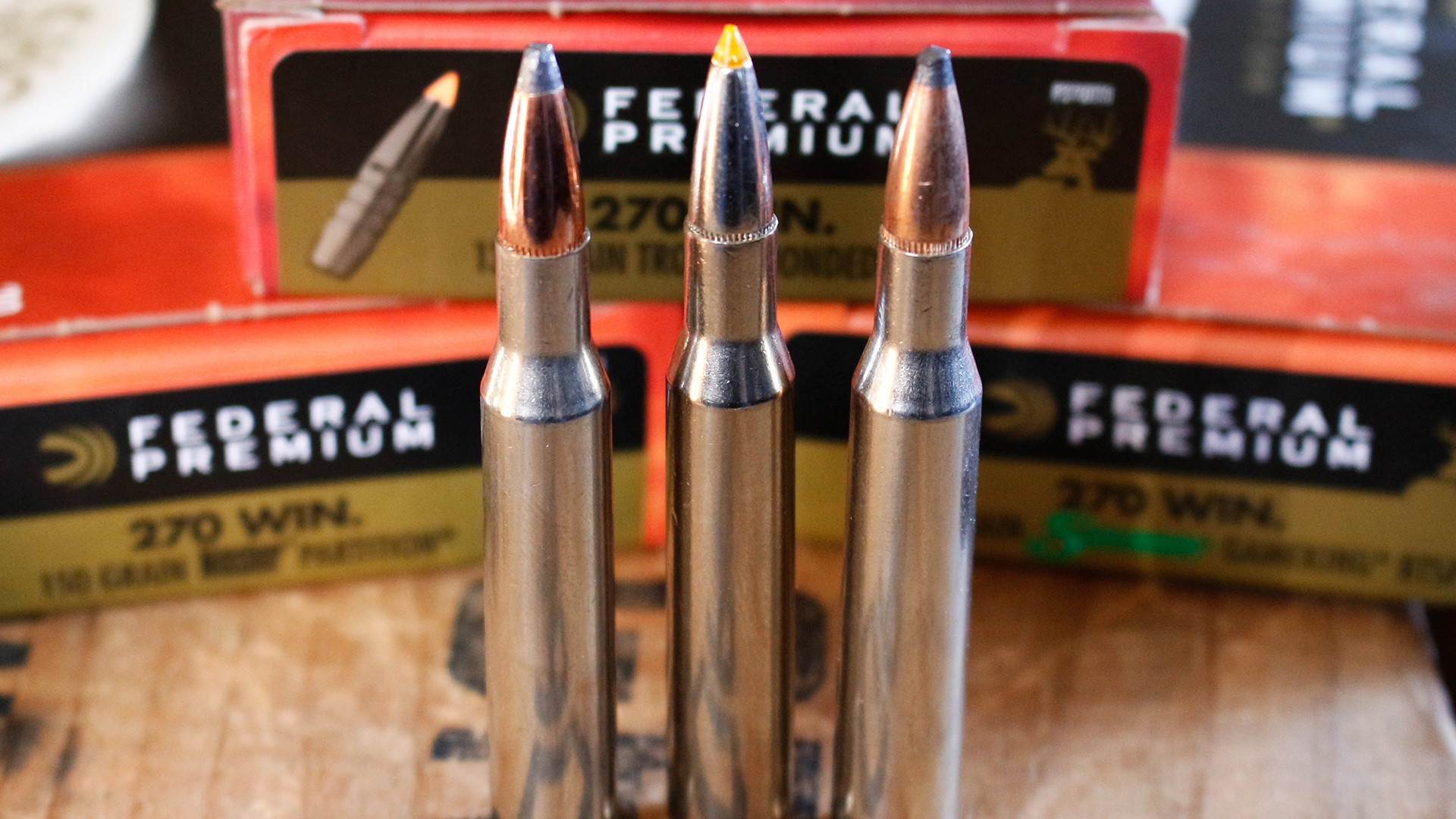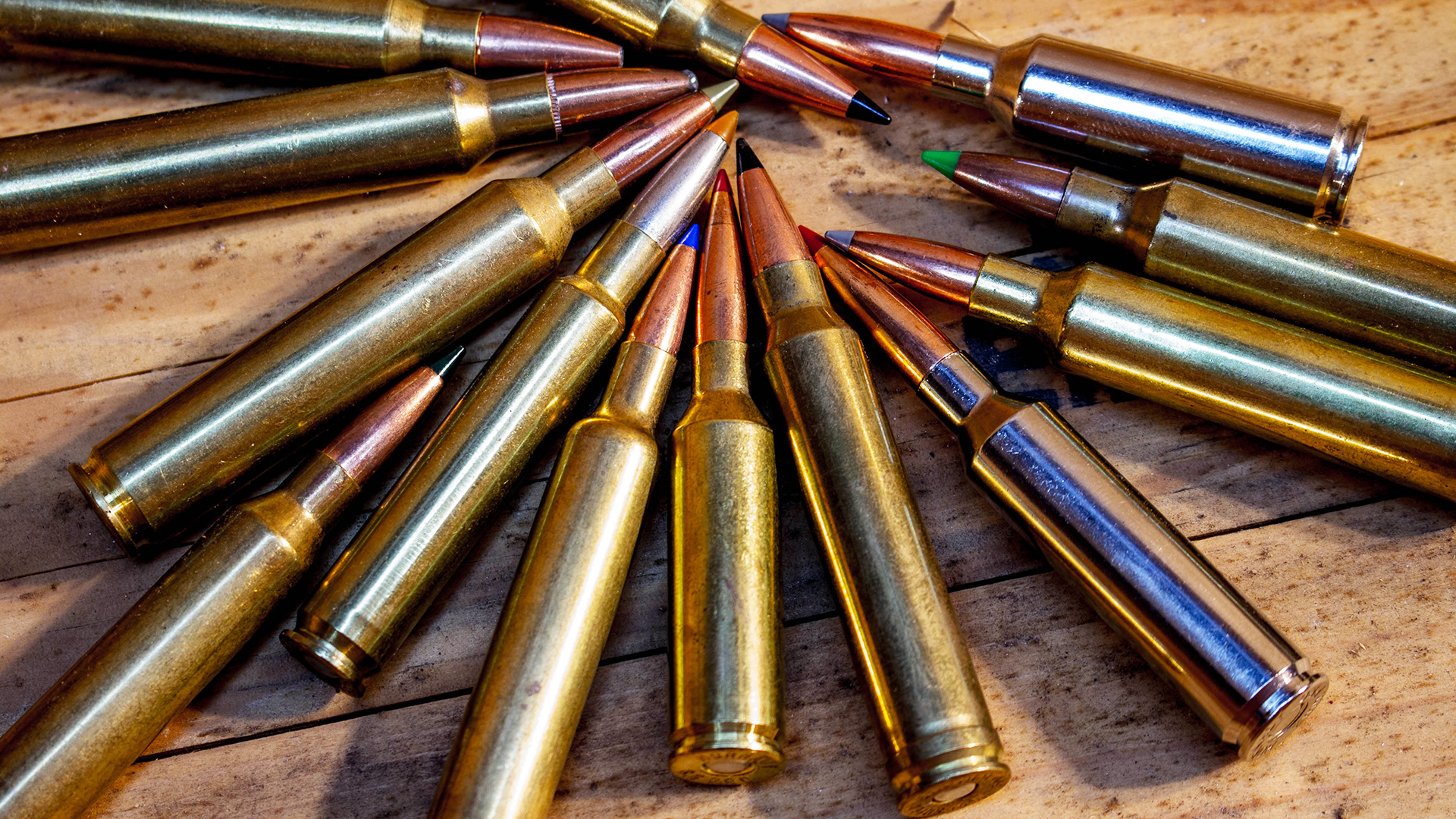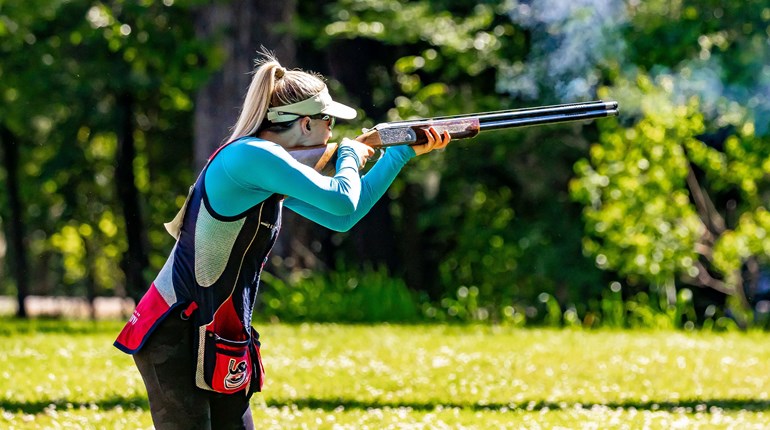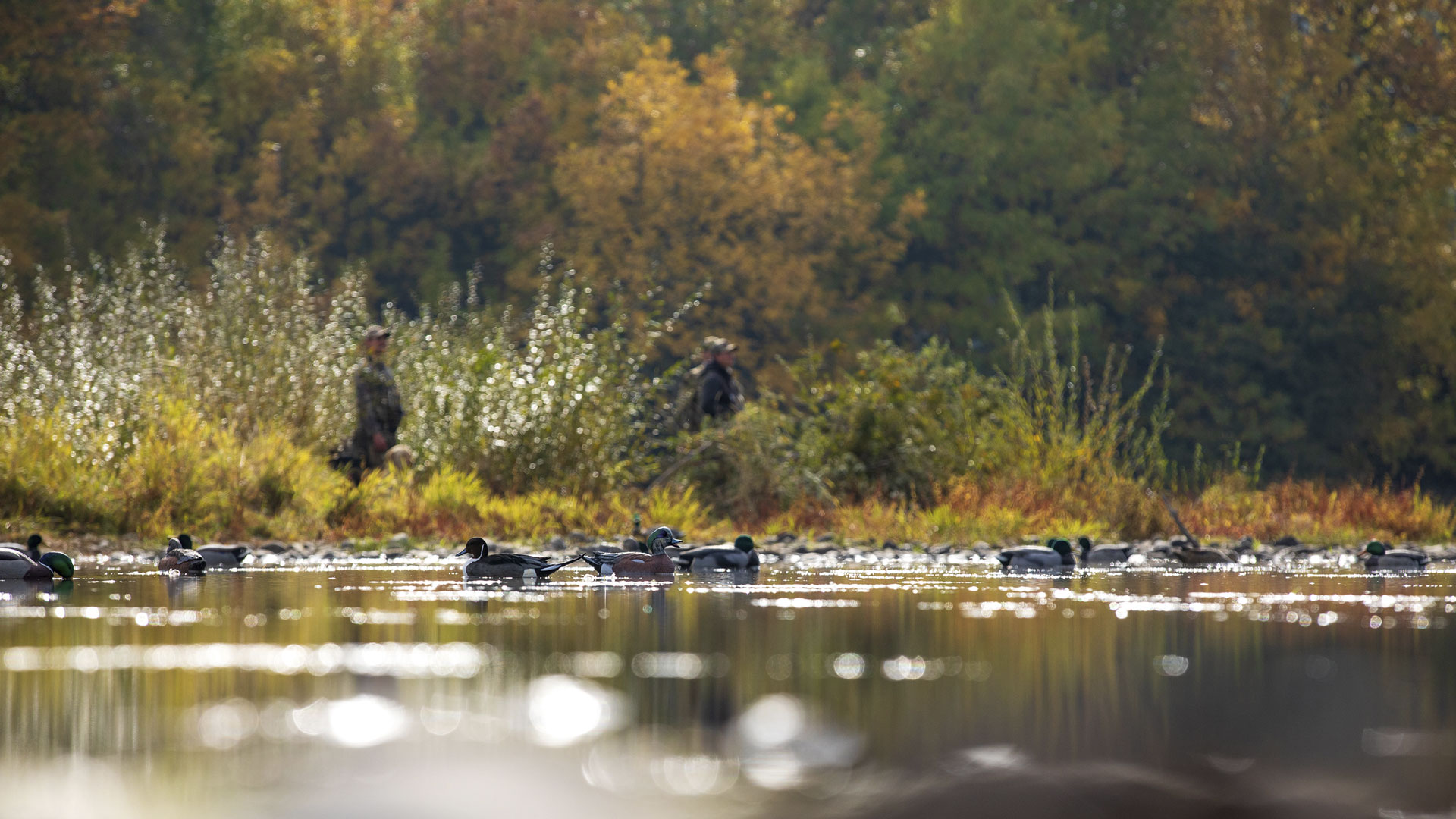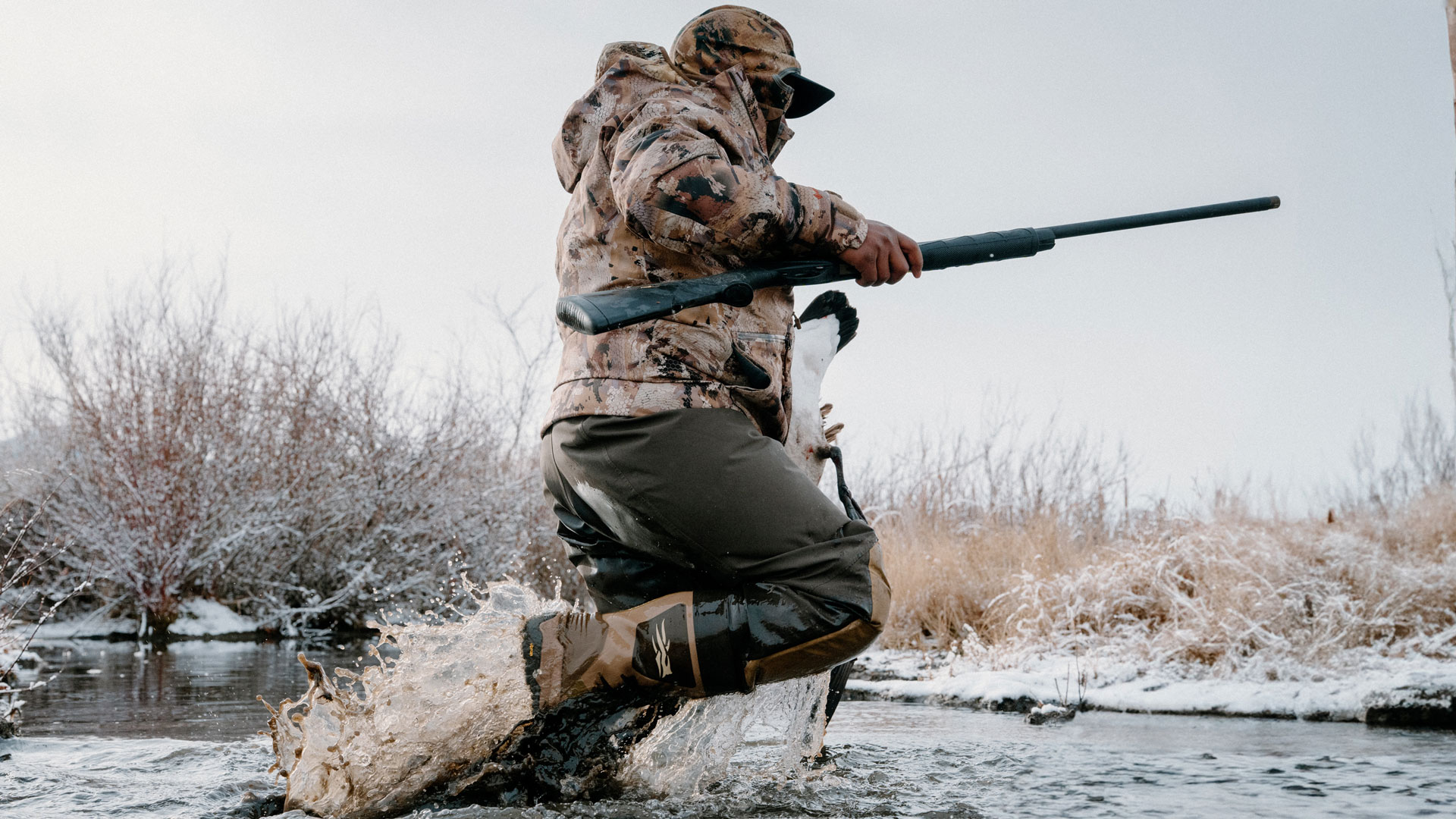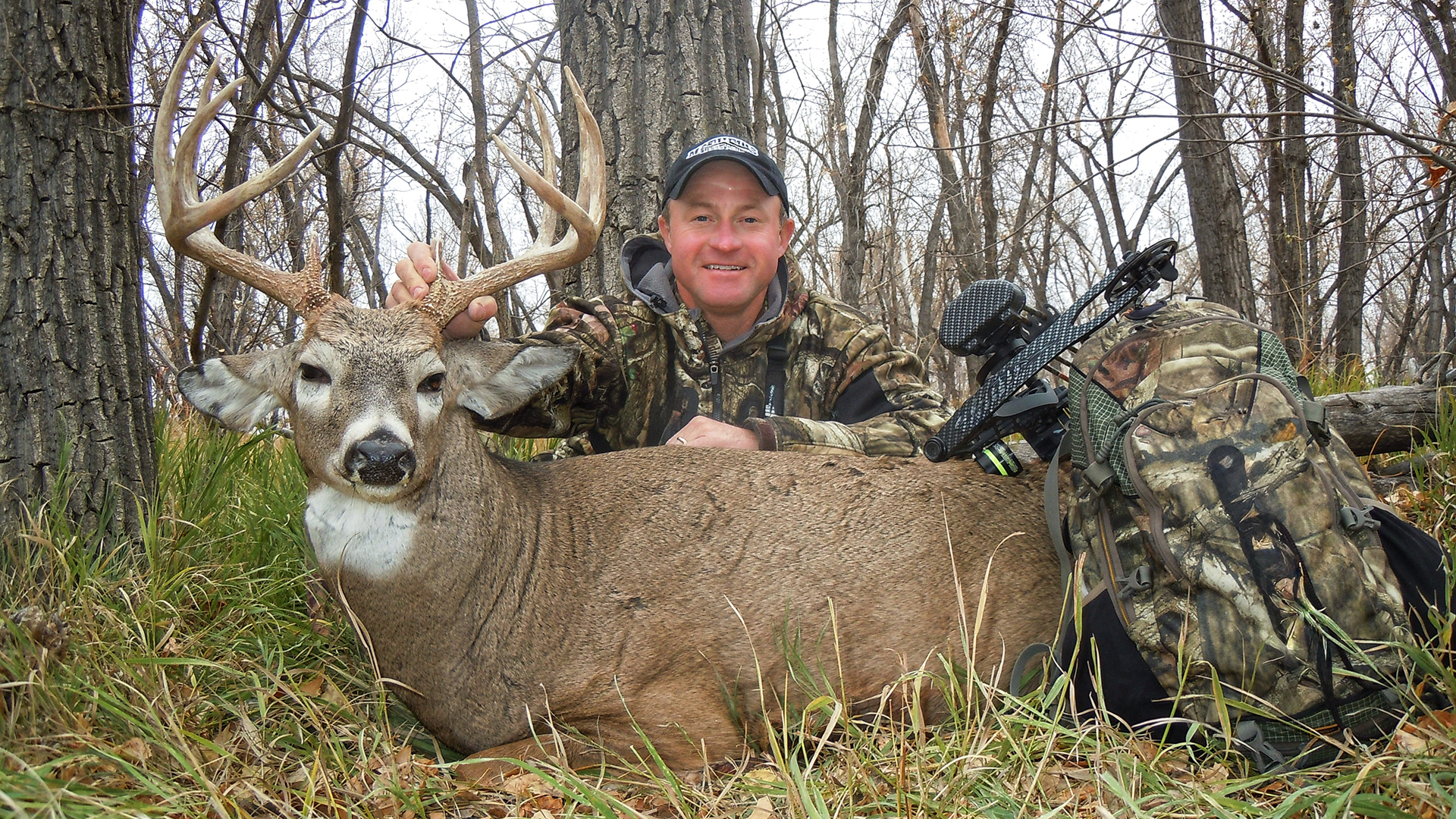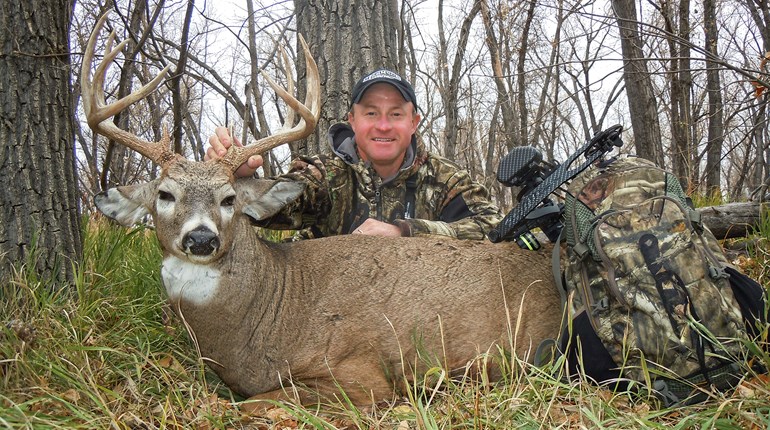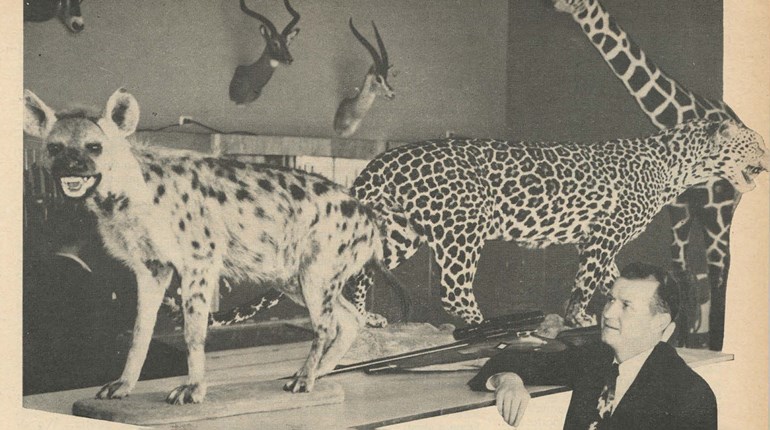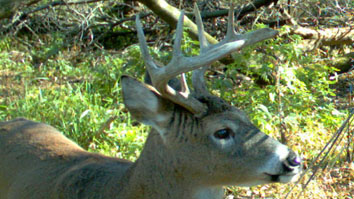
During this year’s whitetail rut, perhaps you observed a buck fight. While most “fights” are just pushing and shoving matches often involving young bucks that don’t even know they are bucks yet, others are very aggressive encounters. Older, mature bucks do get after it and sometimes those fights can be quite vicious. However, they seldom kill each other. True, there are the rare occasions when bucks get their antlers locked and deaths occur, but most of the time the bigger bucks just put their heads together and do some major pushing and shoving. Seldom will deaths occur, at least not at the time of the fight.
However, a study done a few years back by Gabrial Karns, a graduate student from North Carolina State University, and Dr. Mark Conners, manager and wildlife biologist at Chesapeake Farms on the Eastern shore of Maryland, showed that some fights involving mature bucks lead to a slow death. Here’s how it happens.
There is a bacterial disease called intracranial abscessation (basically a bad infection) that affects the brain, deteriorates the skull, and leads to the death of some older bucks. How many? Some national statistics suggest that of all the natural mortality (natural mortality includes predation, diseases, winter deaths, automobiles, anything except hunting), 10 percent is caused by this bacterial disease. Karns and Conners found those numbers to be quite a bit higher on Chesapeake Farms.
Dr. Conners noticed that antler shedding occurred rather irregularly on the farm. Some older bucks shed early, others late. He collected sheds and also noticed that some had a foul odor, suggesting an infection. He also began to notice that the base of some of the sheds had part of the deer’s skull (the pedicle, the boney protrusion on the frontal bone of the skull where the antler is attached) still attached to the shed antler. This was puzzling because when a deer normally sheds, the antler totally separates from the pedicle and drops off. But some sheds he found had skull bone attached. Combining this observation with the foul odor noticed on occasion told him that something was wrong.
Also, most of the dead bucks they examined had pus oozing out at the base of the antlers or around the eye socket. Obviously something was going on inside the skull of some of the older bucks. So for five years they autopsied 26 bucks that died and found nine (35 percent) had abscesses around the brain—infections caused by a bacteria.
This led to several questions. How do the bacteria get into the brain cavity? How common is this bacteria in the wild? Do all bucks that get the infection die? Why is it more common in older bucks? How many older bucks get this disease and die?
To try and obtain answers, Dr. Conners and Karns sampled tree rubs for the bacteria, but found none. They believe, however, that the bacteria enters the skin via abrasions gotten either when the antlers are in velvet, or when bucks fight. In other words, it gets in through serious injuries to the base of the antler area when in velvet. It may get in during serious rut fights of older bucks or it may just get in from a simple skin abrasion. Once inside the skin, it apparently erodes the skull along bone sutures and enters the brain where the real damage begins. Here the bacteria begin to abscess, leading to infection around the brain, and it also then begins to cause the skull along the bone sutures to become porous. This infection and deterioration of the skull near the base of the antler is the apparent reason for antlers shedding before they normally would, and for the antler to have part of the skull attached to it.
The question then becomes, did the deer have a broken antler that later became infected or did the infection occur which made the antler susceptible to breakage? It may be both and the research is ongoing.
Another possible related note: We all know that one way a buck develops nontypical antlers is by having damage done to the pedicle when the buck is still in velvet. When this happens, the cells at the base of the growing antler are moved about, and wherever those cells end up an antler tine may form. This sometimes leads to abnormal points being formed around the base of the antler. Sometimes these cells can be moved as far as four inches or so from the base of the antler, and a new point will grow from the skull at that location. From what we now know about the disease, one suggested way for bucks to get this is via skin abrasions. And since these abrasions at the base of the growing antler often lead to non-typical bucks, do we then find a higher incidence of this disease with non-typical bucks? It’s possible, is it not?
One last thought. If you are working to get an older age structure on your property using habitat and herd management, how many bucks are you losing to intracranial abscession? As mentioned, these researchers found the disease in 35 percent of the older bucks they autopsied that died a natural death. That doesn’t mean that the disease killed all of those bucks, it just means that 35 percent had the infection, and they are not sure exactly what killed them. They do know this disease does kill some old bucks, and that most of the autopsied bucks showed signs of pus oozing from the skull or the eyes. If those numbers hold constant in other areas, this amount of natural mortality could impact your herd management efforts to get older bucks in your age structure.


